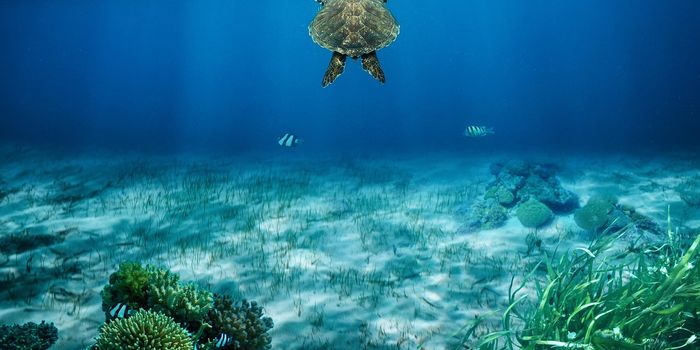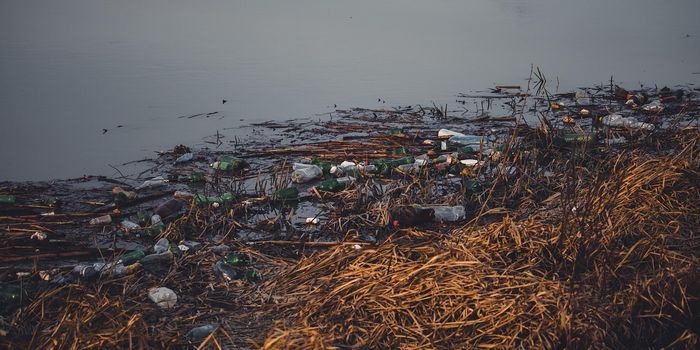The North Atlantic Right Whale is in Trouble
The International Union for the Conservation of Nature (IUCN) classifies the North Atlantic right whale as an endangered species, and consequently, animal conservationists have been monitoring its reproduction patterns since 1989 in an attempt learn more about them.
Image Credit: Brian J. Skerry/National Geographic Creative
Unfortunately, it appears as if 2017 wasn’t much of a productive year for the North Atlantic right whale. Spotters have been searching for calves from airplanes since December, but have yet to spot one. Unsurprisingly, conservationists fear the worst for the species.
"It's a pivotal moment for right whales," explained Barb Zoodsma of the National Marine Fisheries Service. "If we don't get serious and figure this out, it very well could be the beginning of the end."
Related: Is there a link between the Northern lights and whale beachings?
The marine mammals swim into the warmer tropical waters for the breeding season, and that’s when spotters typically see the calves swimming with their parental units. In most cases, North Atlantic right whale calf sightings peak between January and February.
But not this time. In fact, this is the first time spotters haven’t laid eyes on any North Atlantic right whale calves since the spotting program began in 1989. The alarming news paints an eerie picture of the species’ current conservation situation.
Current estimates suggest that there are only 450 North Atlantic right whales remaining in the wild today. From that, just 100 are breeding females. To make matters even worse, there were more than a dozen reports of North American right whale beachings in 2017 alone.
"It is truly alarming," added right whale researcher Philip Hamilton from the New England Aquarium in Boston. "Following a year of such high mortality, it's clear the population can't sustain that trajectory."
Related: Humpback whale calves 'whisper' to their mothers to avoid predation
Experts aren’t entirely sure why spotters have been unable to find any North Atlantic right whale calves in the wild during this breeding season, but they may get lucky and spot a few as the creatures begin their Northward trek for the Spring season. Then again, no one’s holding their breath.
The dire circumstances underscore the need for immediate action to prevent the species from going extinct. Sadly, animal conservation is a challenging task that requires tons of funding, and sometimes the resources aren’t all there.
"I do think we can turn this around," Zoodsma added. "But it's sort of like, what's our willpower to do so? This is a time for all hands on deck."
It should be interesting to see if any calves turn up before all the North Atlantic right whales return to higher latitudes.
Source: National Geographic, Phys.org










